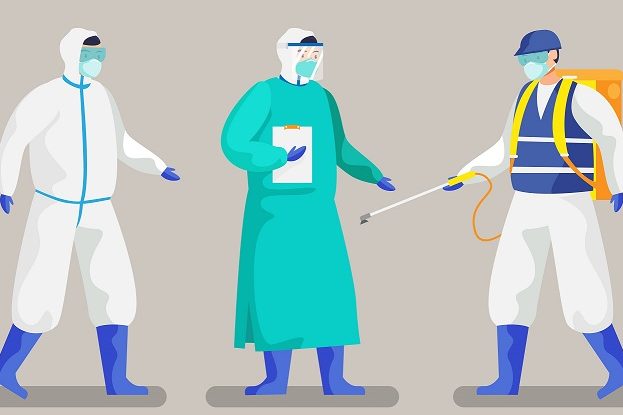
Just over a year ago, ‘infection control’ was probably something many people assumed happened mainly in hospitals to prevent illnesses spreading on the wards. Yet guidance on its application has been provided in care settings for quite some time. Much of it follows the same principles now used in the struggle against COVID-19.
Now, of course, we all need to be experts. Supermarket visits routinely see us wearing masks, keeping our distance and washing hands when we get home.
These principles are even more important in hospitals, care homes and other dedicated settings, where clinical and care colleagues, including home care workers and personal assistants, spend extended periods of time with people they support.
So, it is partly up to us as individuals to get infection control right. It is also a policymaker issue. We know the first lockdown was a challenge, not just for care settings but also for policymakers who had to act quickly. Once the pandemic hit, we said on many occasions there was an ongoing need for adequate personal protective equipment (PPE) supplies and training on how to use them, alongside widespread COVID-19 testing.

Learning, building, improving
The Government’s subsequent PPE strategy and its associated portal for direct ordering of supplies has helped to mitigate earlier problems with provision. Likewise, care home testing has helped provide greater protection and peace of mind for visitors, residents and staff.
What we can now do is take the lessons learnt and apply them to the COVID-19 vaccination programme as it is rolled out to all care settings and other vulnerable groups. And of course we should think about recyclable PPE, because of the effect on the environment of so much of it being thrown away.
Please do take a look at our infection control e-learning and our quick guide for providers. The former takes people an average of half an hour to complete; the latter goes into details such as different types of PPE and how to ventilate care settings.
Some of the information is well-known to the general public but it is always worth re-acquainting ourselves with the basic principles. For instance, do all staff and carers wash their hands as thoroughly as they should for as long as they should?

Vaccination at volume
One great way of getting COVID-19 infection rates under control is for the vaccination programme to continue to roll out successfully - and at pace. The numbers of people getting the jab are increasing by the day (over 15 million people had received their first dose as of 15 February; and we’ve been calling for vaccinations in all care settings.
All of this is happening at an important time for social care. The recent White Paper set out legislative proposals for a Health and Care Bill. Whilst there is a lot to be positive within that, we have been calling for comprehensive reform of social care for a while, including in our Beyond Covid report.
Nevertheless, the proposed legislation does have some encouraging news for the future, including how care settings address infection control, in respect of COVID-19 and other health risks. We hope the near future will bring a new era of control, confidence and collaboration for all those providing and receiving care.